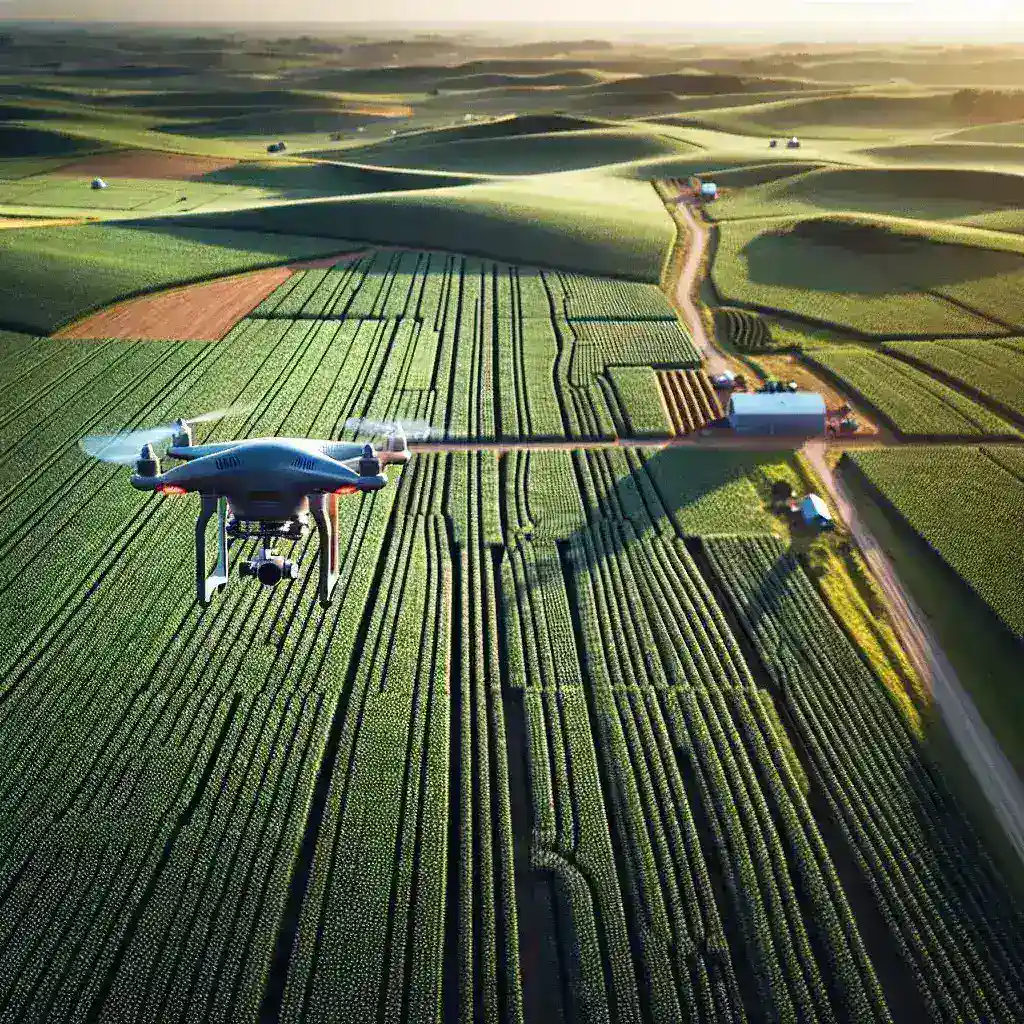The Rise of Drones in Agriculture
In recent years, the agricultural landscape has witnessed a significant transformation, courtesy of technological advancements. Among these innovations, drones have emerged as a game-changer, offering farmers new ways to enhance productivity, efficiency, and sustainability. This article delves into how drones are revolutionizing farming practices and their impact on the agricultural industry.
Understanding Drones and Their Functionality
Drones, also known as unmanned aerial vehicles (UAVs), are aircraft operated without a human pilot onboard. Equipped with advanced sensors, cameras, and GPS, these flying devices collect valuable data from the farm, allowing for real-time decision-making. There are two primary types of drones used in agriculture:
- Fixed-wing drones: These have a longer flight time and are ideal for surveying large areas.
- Multicopter drones: These are more maneuverable and better suited for small-scale operations.
Benefits of Using Drones in Agriculture
The integration of drones in agriculture brings forth numerous advantages:
- Precision Agriculture: Drones enable farmers to monitor their fields with exceptional accuracy. The data collected helps in making informed decisions regarding planting, irrigating, and harvesting.
- Improved Crop Monitoring: Drones can capture high-resolution images and data, allowing farmers to assess crop health, identify diseases, and detect pest infestations early.
- Remote Sensing: Drones equipped with various sensors can analyze soil health, moisture levels, and crop nutrient needs, facilitating tailored interventions.
- Increased Yields: By streamlining farming operations and mitigating losses, drones contribute to higher crop yields and better farming profitability.
- Cost-Effective Solutions: With drones, farmers can cover large areas quickly, reducing the labor costs associated with manual surveys and inspections.
Drones and Crop Health Monitoring
One of the most critical applications of drones in agriculture is crop health monitoring. By utilizing multispectral and thermal imaging, drones can capture data that reveals the health status of plants. For instance:
- NDVI (Normalized Difference Vegetation Index): Drones can calculate NDVI values, which help in assessing plant vigor and health.
- Thermal Imaging: This technology is used to detect water stress in crops, ensuring timely irrigation and preventing crop loss.
Enhancing Yield Predictions
Accurate yield predictions are critical for farmers, and drones play a vital role in this aspect. By analyzing aerial imagery, farmers can:
- Monitor the growth stages of crops
- Estimate potential yield based on plant density and health
- Make informed decisions about harvest timing for maximum yield
Precision Spraying and Fertilization
Drones are not limited to observation; they can also be used for precise action. Aerial spraying is an innovative solution provided by drones. This process involves:
- Utilizing drones to apply pesticides and fertilizers accurately.
- Ensuring that the chemical application is uniform and targeted, reducing usage and environmental impact.
Reducing Chemical Usage and Environmental Impact
Precision spraying with drones minimizes the decision-making process, allowing farmers to use only the necessary amounts of chemicals. This not only leads to cost savings but also promotes sustainable agricultural practices.
Implementation Challenges
Despite the numerous benefits, the adoption of drones in agriculture is not without challenges. These include:
- Regulatory Issues: Some regions have strict regulations concerning drone usage that can complicate their application in farming.
- Initial Costs: While drones can lead to savings in the long run, the initial investment can be substantial for small-scale farmers.
- Technical Expertise: Farmers may require training to operate drones effectively and interpret the collected data.
The Future of Drones in Agriculture
The future of farming is increasingly reliant on drone technology. As technology evolves, we can expect:
- Integration with AI and Machine Learning: The incorporation of AI can provide predictive analytics, enhancing the effectiveness of drone applications.
- Improved Battery Life: Advances in battery technology will allow drones to fly longer distances, covering more extensive areas of farmland.
- Collaboration with Other Technologies: Drones will work seamlessly with other agricultural technologies, such as IoT devices and big data analytics, to provide holistic farming solutions.
Conclusion
Drones are undeniably revolutionizing agriculture, providing farmers with unparalleled insights and efficiencies. By enhancing crop monitoring, optimizing resource use, and reducing costs, drone technology is paving the way for sustainable and profitable farming practices. As more farmers recognize the benefits of incorporating drones into their operations, we can expect a shift towards more innovative and technology-driven agriculture in the years to come.

